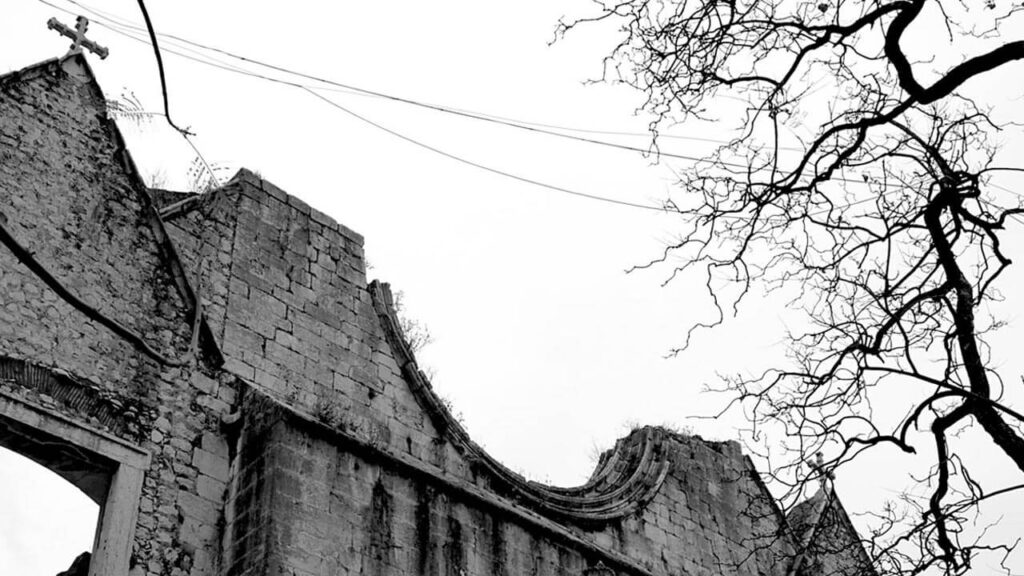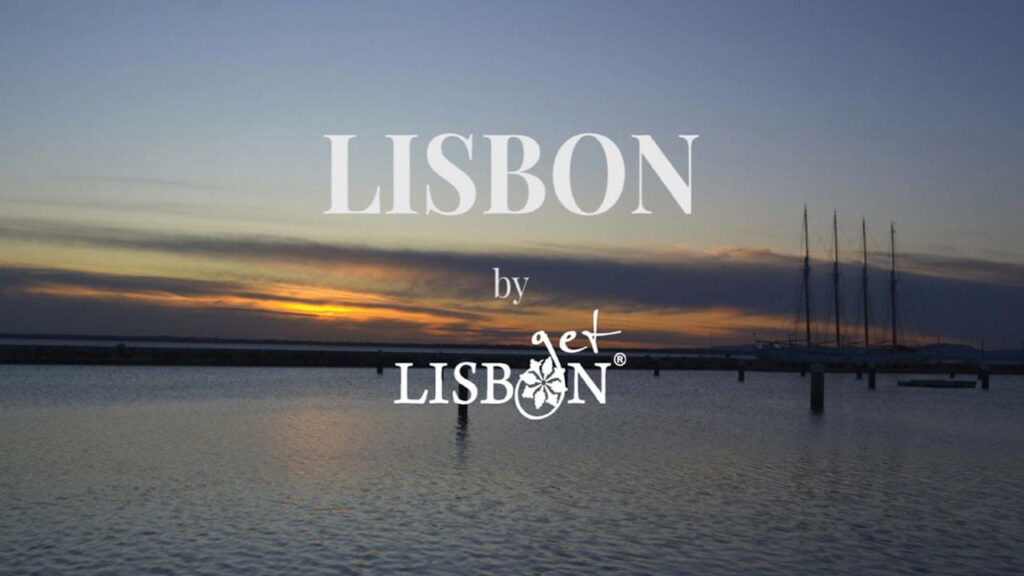Original article published on 31 October 2018
Today when we talk about Lisbon the idea of a fabulous city arises immediately, but there was a tragic episode that deeply marked it, the earthquake of 1755.
Everyone knows the date of 1st November, mark of a collective trauma that still overshadows the population, adding to its character the sensation of inevitability, resignation, destiny, fado…
The degree of destruction was such that it became an impetus for civilisational advances with no way back.
In addition to a city exists a society, before and post-earthquake.
This phenomenon shook the rich and the poor across the board. It destroyed hovels, palaces and churches, ended fortunes and gave rise to others…
As if it was a revolution, the rising after the tragedy brought with it a modern urbanistic reconstruction and the opening for the creation of a new social order.
Get to know Lisbon’s historic neighbourhoods in a guided tour and discover unmissable places of this magnificent city.
Signs of a Collective Trauma

No other event of the history of Lisbon was as marking, violent and transforming as the natural phenomenon that occurred around 9.40am on the 1st November of 1755, the day of the celebration of the All Saints.
More than two and a half centuries have passed but if you take a closer look, you can still see the signs of the tragedy. These signs are present in a monumental way in the rational typology of the Pombaline Downtown or in the ruins of the Church of the Carmo Convent that were kept this way as a memorial.
But there are also discreet signs, such as the architectonic elements dislocated from its original place, in the rare popular houses with archaic typologies or in the countless tilework panels with saints that are protectors of catastrophes.
For the people of Lisbon, exists a diffuse idea of a city before the earthquake and the post-earthquake Lisbon we know today, the Pombaline Lisbon.
Let’s find out more!


The Idea of the Lisbon before the Earthquake of 1755

On the Lisbon Downtown before the earthquake of 1755 remains an idea of a few reference points. The important Rua Nova or Rua dos Ferros near Terreiro do Paço (today Comércio Square), and the All Saints Royal Hospital, an imposing Manueline building that was situated in Rossio. Between them, the existence of streets and alleys of old houses in a disorderly and dirty amalgam that constituted itself an imminent danger of catastrophe.
This image of an old and decadent city that gave place to a modern, rational and safe city doesn’t exactly correspond to reality. Perhaps the act of magnifying the result of the reconstruction, devaluing or trying to ignore what was lost was a way of calming the trauma.
Lisbon constituted a polo of the meeting of cultures. Here crossed people of all origins and the reigns of the last monarchs João V and José gave the city a monumental baroque character, unprecedented until then.
The gold from Brazil had allowed the building of imposing construction works of high artistic value that, unfortunately in its majority, didn’t resist the strike of the earthquake. It was the case of the important complex near the Royal Palace in Terreiro do Paço that included the Casa da Mina and the Casas da Alfândega, the patriarchal church, as well as the recently inaugurated and imposing building of the Royal Opera House that simply collapsed.
The Terrifying Earthquake of 1755

The big earthquake started with a ghastly roar from the interior of the ground. It was possible to verify that in the first moment the phenomenon will have lasted 1 minute and a half. After a 1 minute break, there was a further violent shake of 2 and a half minutes, and after another break, a third in a total of 9 minutes.
This duration associated with the strong intensity would have been enough to cause great damage. However, the tsunami that followed and the fires that lasted for about 7 days and which were seen from Santarém, about 70 km away, destroyed what was left.
During the following year were registered more than 600 aftershocks, that didn’t give rest to the frightened, starving and mourning population.
The power of devastation of the earthquake of 1755 wasn’t uniform in the entire city of Lisbon. The constitution of the terrain was the decisive factor and this alone explains the total destruction of the lowland, based on clay soils as opposed to areas of rock terrain where the impact was less. In the Geology Room of Lisbon of the Geological Museum you can find this and other explanations. A place worth a visit.
| Never miss another article | Subscribe here |
An Egalitarian Tragedy

We can say that the devastating and traumatic effect of this phenomenon was transversal to the entire society.
It’s true that the upper classes didn’t suffer as many deaths as the popular ones. This is because the latter had the habit of going earlier to the celebration of the All Saints’ Day in the churches, where in that fateful day, burned hundreds of candles. Here they found death under the roofs that collapsed or trapped by the subsequent fires.
The ones that were able to escape sought refuge in the open space in the riverbed of the Tagus River whose waters inexplicably receded. These also found the end in the giant wave that soon invaded the city.
The ones that escaped to the interior of the Alto da Cotovia, today Príncipe Real, and to the zone of Graça were luckier.
However, when it comes to material losses, the major earthquake of 1755 caused the collapse of all types of buildings without distinction. From the most basic popular housing to the royal palace, the hospital, mansions of nobles, convents and churches, the entire low area of the city was razed. And the little that remained needed major interventions or had to be demolished because it no longer offered security. The Palace of Independence located next to Rossio is one of the examples of an important building of great historical value that was saved despite having suffered great damages.
King José that swore to never live in a building made of stone and lime again, ordered built a construction in wood that became known as the Royal Hut, where he lived until his death in 1777. The construction ended up disappearing after the big fire in 1794. Two years later, in the same place, the construction of the new palace, the Royal Palace of Nossa Senhora da Ajuda, finally begun.
The use of wooden constructions became so in vogue that even the noble families whose mansions had been spared the disaster, built their huts, spending their fortunes.
The Enlightened Iron Hand of Pombal

Strict, often violent measures were needed to maintain order in the face of such tragedy. Then emerged the irreplaceable minister of King José, Sebastião José de Carvalho and Melo, later Marquis of Pombal.
Before a frightened king who asked what to do, the minister answered, taking the lead, bury the dead and care for the living.
However, caring for the living wasn’t pacific. The fugitive population was forced to remain in the city and their work force was channelled to the removal of the rubble. Pombal knew that otherwise the downtown would forever remain in ruins. No type of reconstruction was allowed in that place, it was necessary a previous rigorous plan that soon was delivered to the engineer of the kingdom Manuel da Maia.
Looting was another serious problem. In trials those who stole were sentenced to death or to the worst available jobs such as the removal of corpses from the rubble.
Some religious fanatics protested creating great popular agitation defending that the cause of the catastrophe was due to sins and consequent divine punishment. These too were radically counteracted by the enlightened rationality of Pombal. The famous Jesuit priest Malagrida, condemned to death by burning, is one of the most emblematic cases.
The atmosphere of chaos was conducive to renovation and Pombal knew how to take advantage of the situation. Not only did he have the opportunity to build a new city that responded to growing health needs, but also began a process that would result in a new social order.
The power of the monarch was reinforced, the privileges of the nobility and of the clergy lost to the valorisation of the work of the ascendant bourgeoisie.
With the accession to the throne of Queen Maria I and the consequent remoteness of the power of the
We can say that after the earthquake of 1755, Lisbon was reborn from the ashes, moving towards development in a decisive way.
The project getLISBON has been very rewarding and we want to continue revealing the singularities of fascinating Lisbon.
Help us keep this project alive!
By using these links to make your reservations you’ll be supporting us. With no extra costs!
• Looking for a different experience? We can create a customised itinerary based on your interests. Contact us!
• Or if you prefer tours and other activities in various destinations, take a look at GetYourGuide.
• Save time and money with a flexible Lisbon Card!




